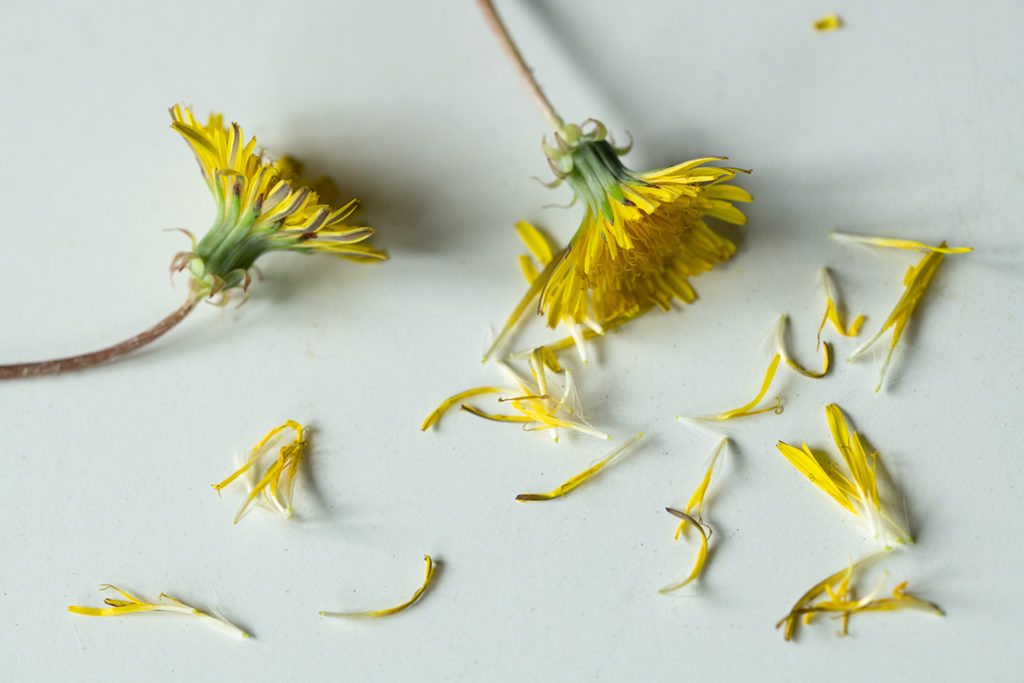
Spreading and connecting via sincere ideas
Have you ever heard of the hundredth monkey effect?
The story goes that one monkey started washing its potatoes in the river. Other monkeys in the troop learned the behavior by imitation. And when a critical number of monkeys had adopted the behavior, monkeys far away started washing their potatoes too. In other words, when a good idea or behavior spreads to a critical number of members in one group, it will turn into a phenomenon and propagate even to unrelated groups.
This was an aha moment for me, since I have been putting up resistance to one thing or another that I completely disagreed with. Litter on the street, for instance, and bullies targeting weak people—when things like these happened in front of me, I have been saying “No.”
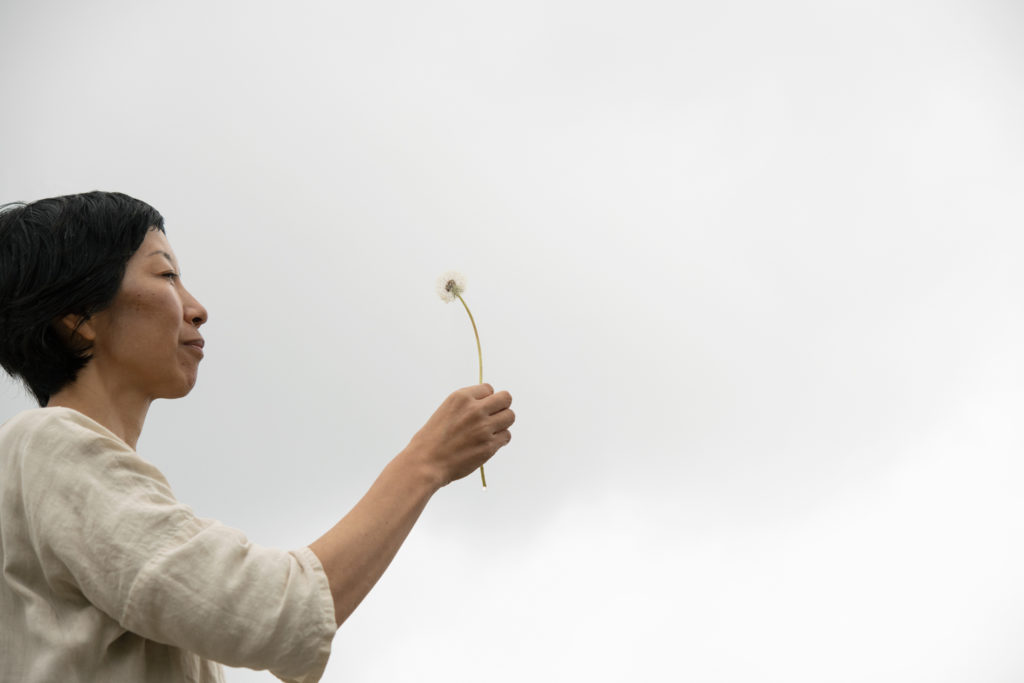
Resistance is necessary for sure, but it can also be a cause of friction. And if someone gets hurt, the scars can be another cause of friction, and this can keep going round in circles. I used to believe that if I didn’t voice my opinions or act on them, I would feel powerless and unable to change the reality. But perhaps getting together with like-minded people and spreading a circle of happiness would help to solve problems without causing any friction. Preserving nature, respecting weak people, and wishing for peace—by spreading these good ideas, we might find a world out there with which to connect.
The practice of eating weeds isn’t all that unusual lately. In fact, I’m having more opportunities to meet others who are interested in trying wild plants too. Having said that, plenty of people still think weeds are unwelcome and useless, and they tend to give me a strange look. It might be fun to copy the hundredth monkey effect and organize a hundred-member weed cooking and tasting party. Then the day might come when it wouldn’t be unusual at all to pass by people carrying baskets and picking the weeds growing in the street.
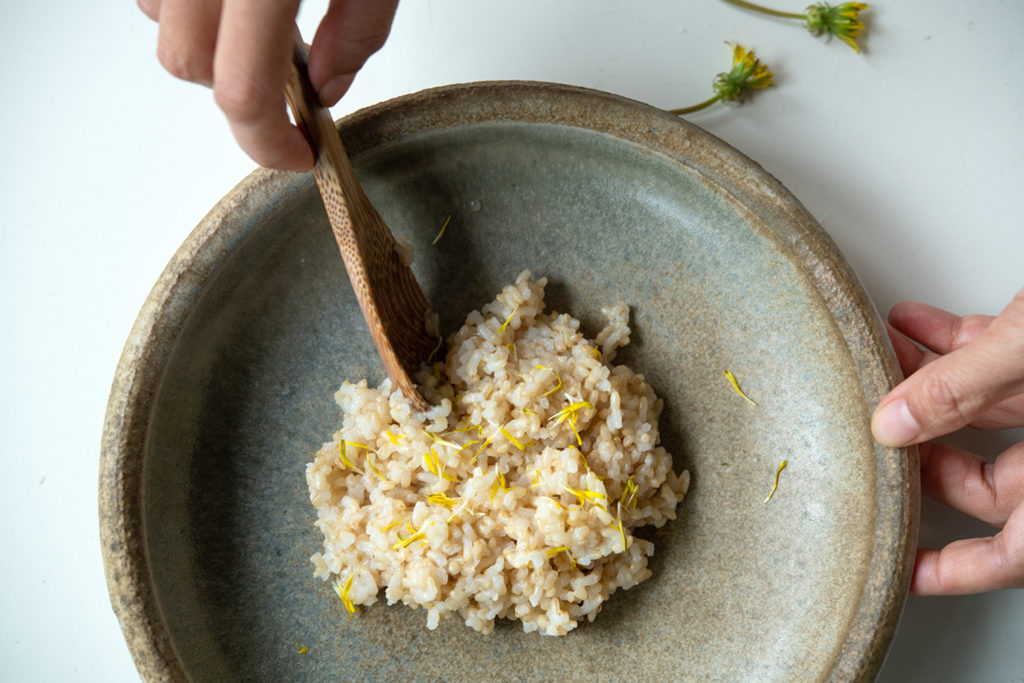
Dandelions are classified into species like the common dandelion introduced from Europe and species native to Japan. Both are edible in their entirety—flowers, leaves, and roots. Some say that non-native dandelions introduced into Japan are decimating the native species and therefore invasive and unwanted, but I don’t see it that way. Native dandelions flourished in an era when the land wasn’t yet paved with asphalt. They thrive on rich soil and wither away in urbanized environments. I imagine they continue to grow in the hills and dales, and in places with a stream, where they originally took root.
Whether introduced from elsewhere or growing here to begin with, the dandelions that we find nearby today are alive and living in Japan. One isn’t superior over the other; there’s no good or bad, or awesome or awful. It’s time to stop making a distinction between one life and another.
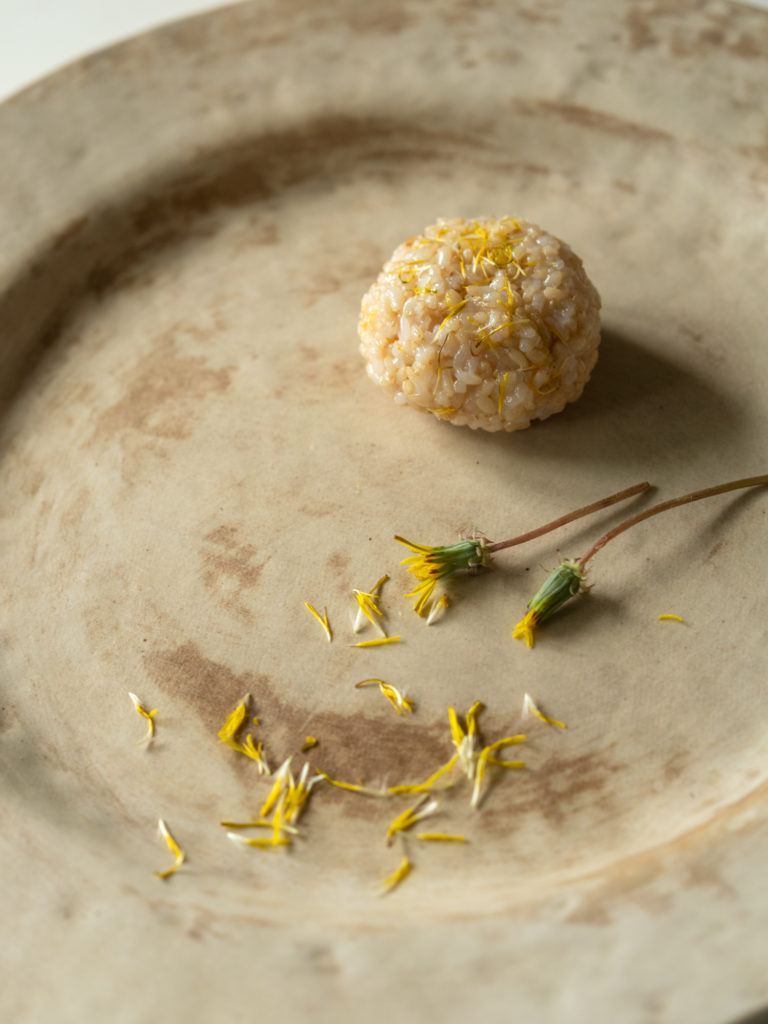
■Grass on the Plate Recipe 05
Dandelion flower rice ball
Ingredients
Dandelion (flower), Brown rice, Natural salt, Sesame oil
directions
1. Blend some salt into the sesame oil.
2. Pluck the dandelion flowers and mix into the rice.
3. Rub 1 on your palms and shape the rice balls.
■Plants Index
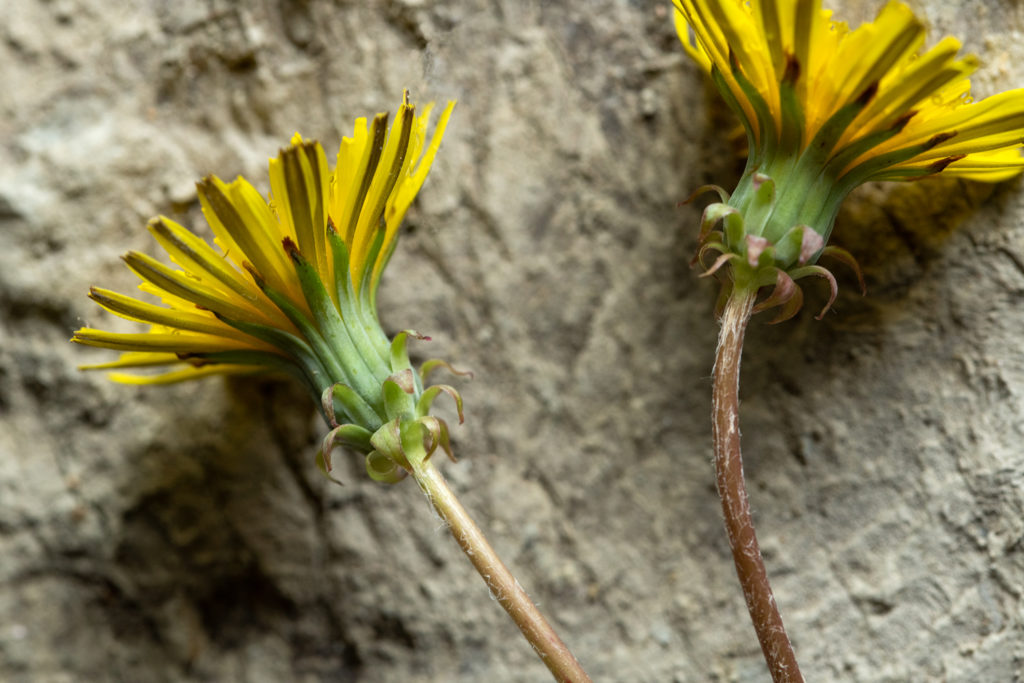
Dandelions grow nearby in vacant lots and along roadsides. Common dandelions introduced from Europe have cuplike bracts under the flowers that flex downward.
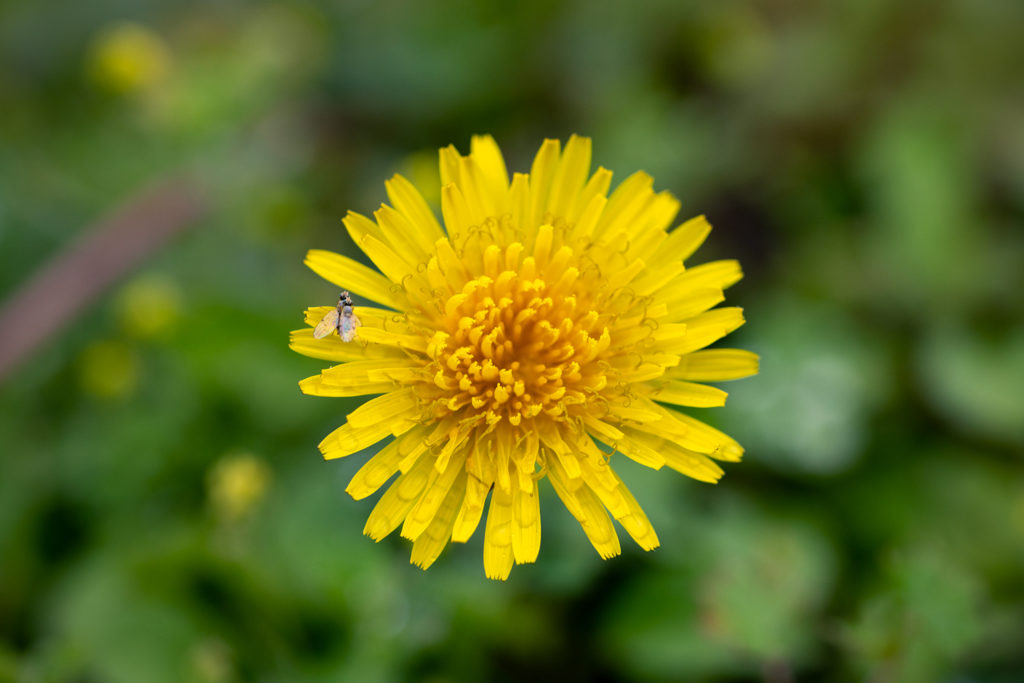
The flower head is a 3–5 cm collection of florets that look like petals. Common dandelions can self-pollinate, meaning they can proliferate even in urban areas inhabited by few insects.
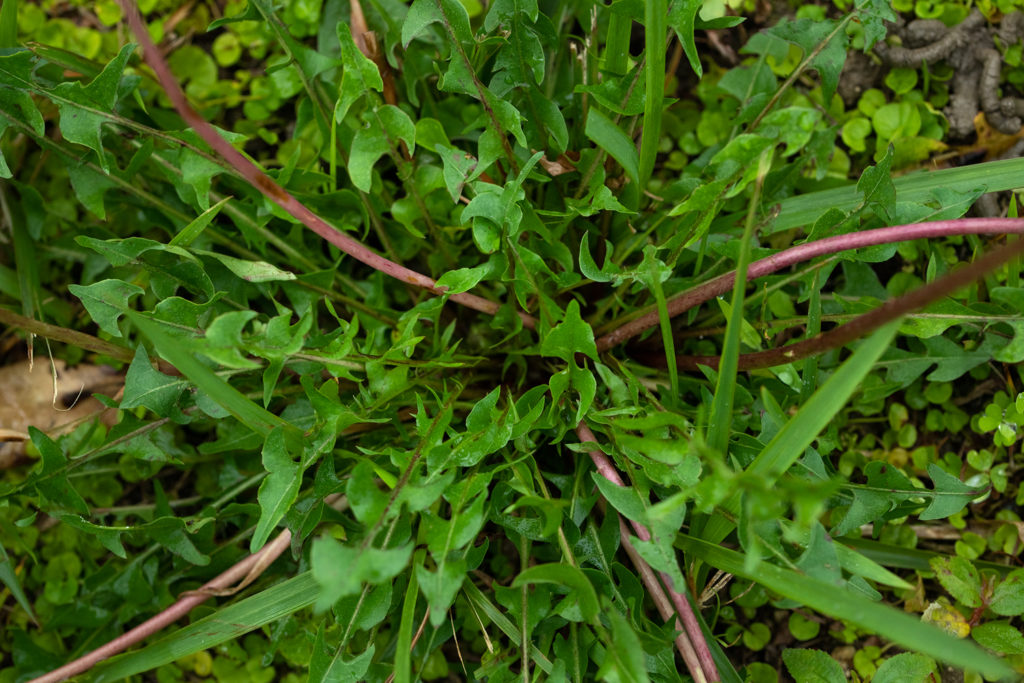
The edible young leaves can be blanched and steeped in dashi to make ohitashi, and battered and deep-fried to make tempura. Dried leaves are used in herbal medicine to alleviate fever and promote digestion. Fresh leaves make a flavorful tea.
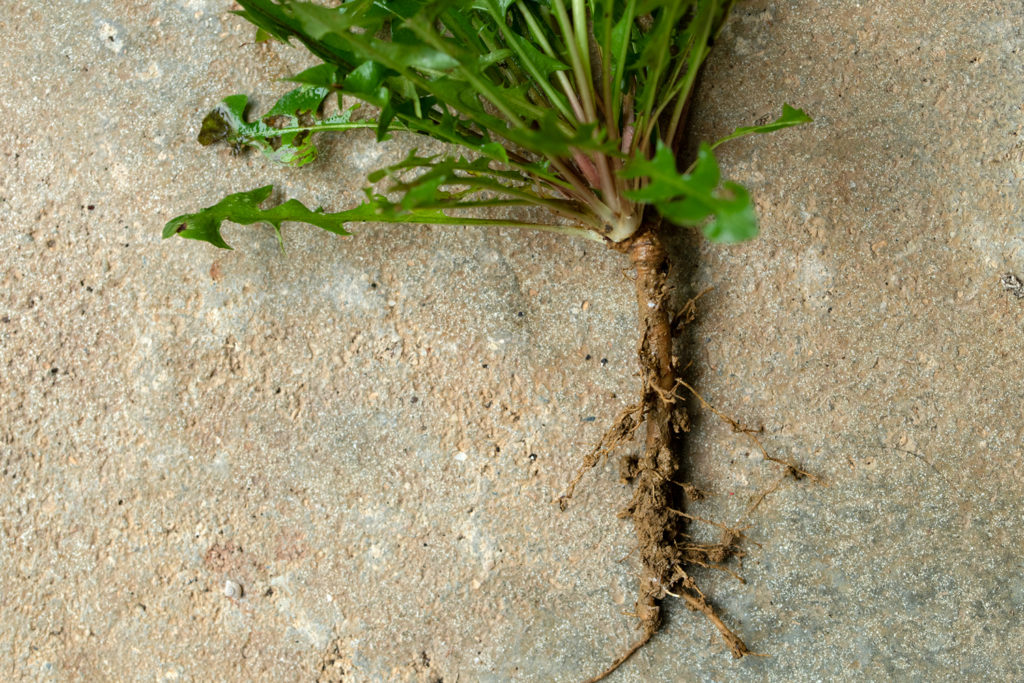
The edible roots can be finely chopped and dried to make dandelion tea, aka caffeine-free dandelion “coffee.” Roots harvested in the spring and autumn differ in color and taste.
Yoco Kawashima
As a child, Kawashima nurtured her love of “weeds” into a passion for soil and water. Guided by these memories in 2000 she began artistic activities focused on weeds, traveling to study how they are used. She then expresses their attraction in various forms such as food, drink, decoration, and therapy. Publications include Kusa to kurasu (Living with Weeds; Seibundo Shinkosha). Kawashima lives in Okinawa Prefecture.











